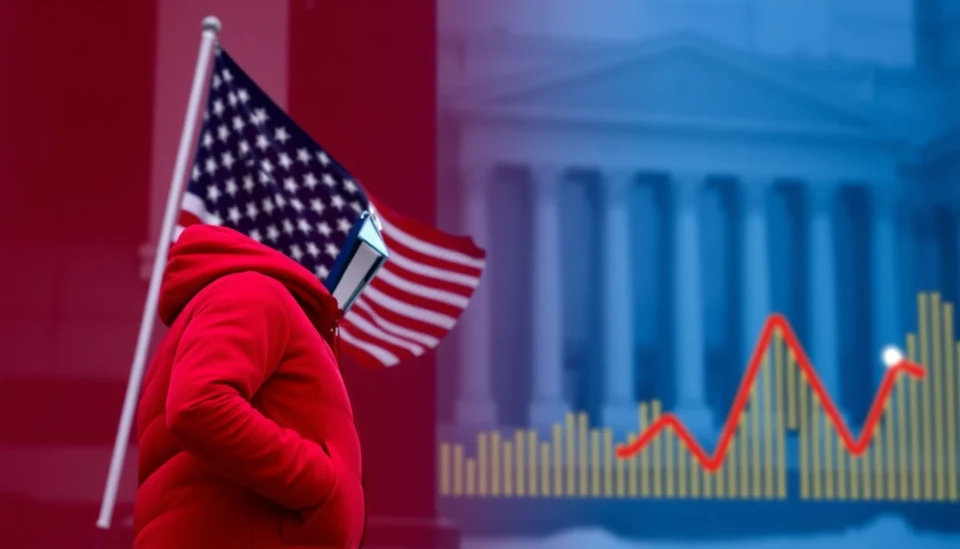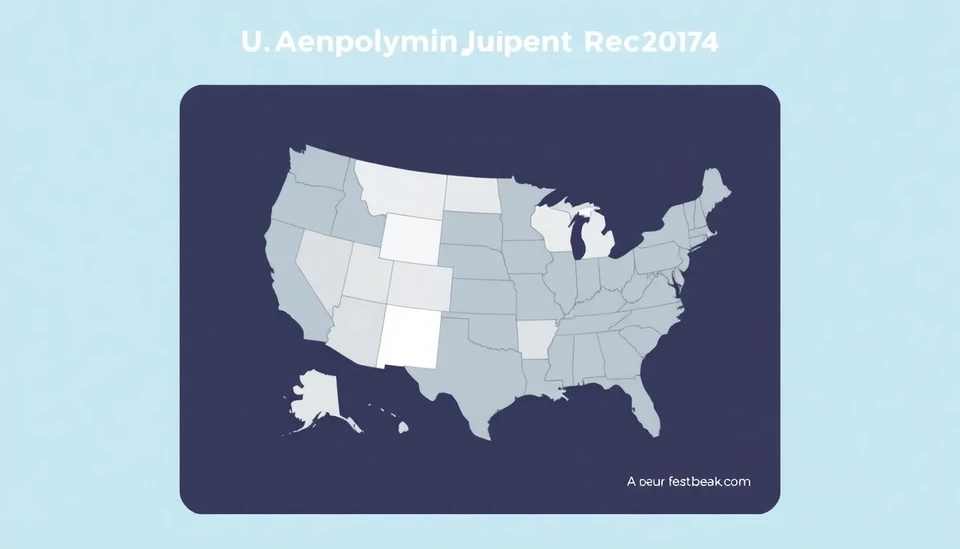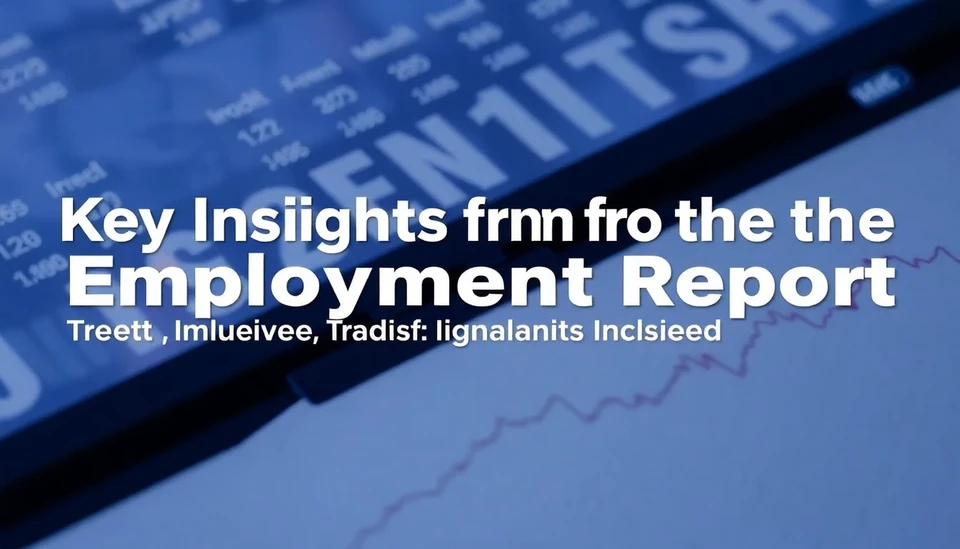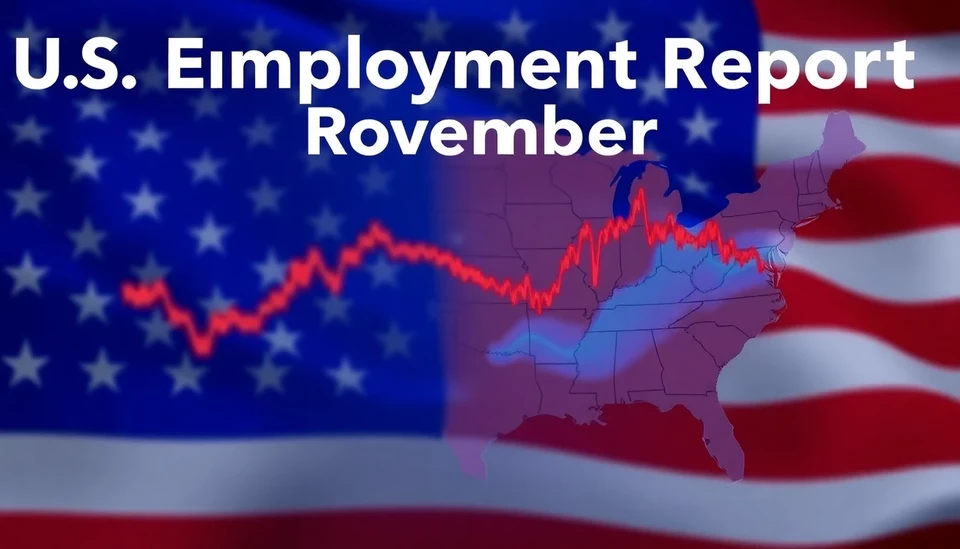
The latest employment report for January has been released, painting a complex picture of the labor market as the United States grapples with persistent inflation and interest rate hikes. According to the newly published data, the U.S. economy added 187,000 jobs last month, a number that falls short of economists' expectations, indicating a slowdown in hiring as companies brace for potential economic headwinds.
The unemployment rate remained stable at 3.6%, still near historically low levels, which suggests that while job creation may be slowing, the overall demand for workers is still robust. Analysts had anticipated a somewhat stronger performance, with forecasts predicting closer to 200,000 new jobs for January, underlining concerns that the labor market might be cooling down.
Wage growth continues to be a focal point of the labor report, with average hourly earnings rising by 0.3% for the month, translating to an annual increase of 4.4%. While this signals that employers are still competing for talent, it also raises questions about inflationary pressures moving forward, as higher wages could contribute to sustained price increases in the economy.
Another critical aspect of the report is the revisions made to the previous months' employment figures. The job gains for December were revised lower, now reported at an increase of 247,000 jobs instead of the initial estimate of 223,000. Such adjustments illustrate the ongoing challenges in accurately gauging employment trends amid economic fluctuations.
The participation rate, a key metric of how many people are actively engaged in the workforce, remained unchanged at 62.4%. This rate is critical in understanding the overall labor market health and reflects the challenges many potential workers face in finding suitable jobs that match their skills and preferences.
Investors and economists are closely monitoring these employment figures as they weigh the potential impact on the Federal Reserve's monetary policy decisions. With inflation still above the central bank's target, discussions about interest rate adjustments remain prevalent. The mixed signals from the employment report might further complicate the Fed's approach as it strives to balance growth and inflation.
In conclusion, while the employment numbers released for January show that the labor market remains resilient, the slower job growth and continued wage increases suggest a more cautious economic environment ahead. The interplay between hiring trends, wage growth, and inflation will undoubtedly shape the upcoming discussions among policymakers as they navigate the complexities of the current economic landscape.
As analysts sift through the data, the focus will now shift to how these trends will unfold in the coming months and their implications for both the U.S. economy and the Federal Reserve’s strategy moving forward.
#USEmployment #LaborMarket #Inflation #FedPolicy #EconomicGrowth #JobCreation #WageGrowth
Author: Rachel Greene




